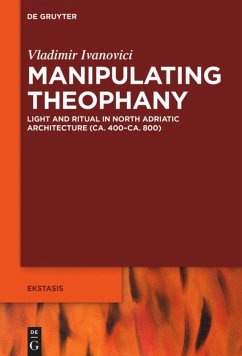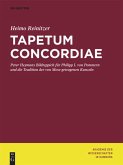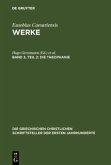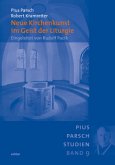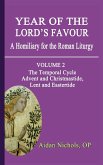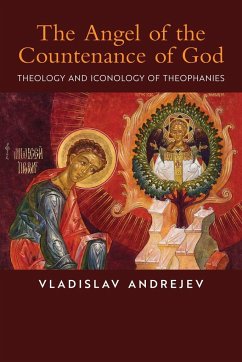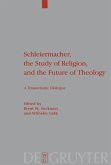Using light as fil rouge reuniting theology and ritual with the architecture, decoration, and iconography of cultic spaces, the present study argues that the mise-en-scène of fifth-century baptism and sixth-century episcopal liturgy was meant to reproduce the luminous atmosphere of heaven. Analysing the material culture of the two sacraments against common ritual expectations and Christian theology, we evince the manner
in which the luminous effect was reached through a combination of constructive techniques and perceptual manipulation. One nocturnal and one diurnal, the two ceremonials represented different scenarios, testifying to the capacity of church builders and willingness of Late Antique bishops to stage the ritual experience in order to offer God to the senses.
Hinweis: Dieser Artikel kann nur an eine deutsche Lieferadresse ausgeliefert werden.
in which the luminous effect was reached through a combination of constructive techniques and perceptual manipulation. One nocturnal and one diurnal, the two ceremonials represented different scenarios, testifying to the capacity of church builders and willingness of Late Antique bishops to stage the ritual experience in order to offer God to the senses.
Hinweis: Dieser Artikel kann nur an eine deutsche Lieferadresse ausgeliefert werden.
"Die Dissertationsschrift beschreitet mit ihrer Diskussion der im frühchristlichen und justinianischen Sakralbau Ravennas eingesetzten Lichtmetaphorik neue und interessante Wege, die zu weiteren Forschungen bei anderen, noch erhaltenen Anlagen führen sollten. Sie dokumentiert aber gleichzeitig in ihrer Vernachlässigung der Liturgie die methodischen Grenzen, die ein bildwissenschaftlich- kulturanthropologischer Ansatz in sich tragen kann."
Barbara Bruderer Eichberg in: Kunstchronik ZI, 60-613
Barbara Bruderer Eichberg in: Kunstchronik ZI, 60-613

